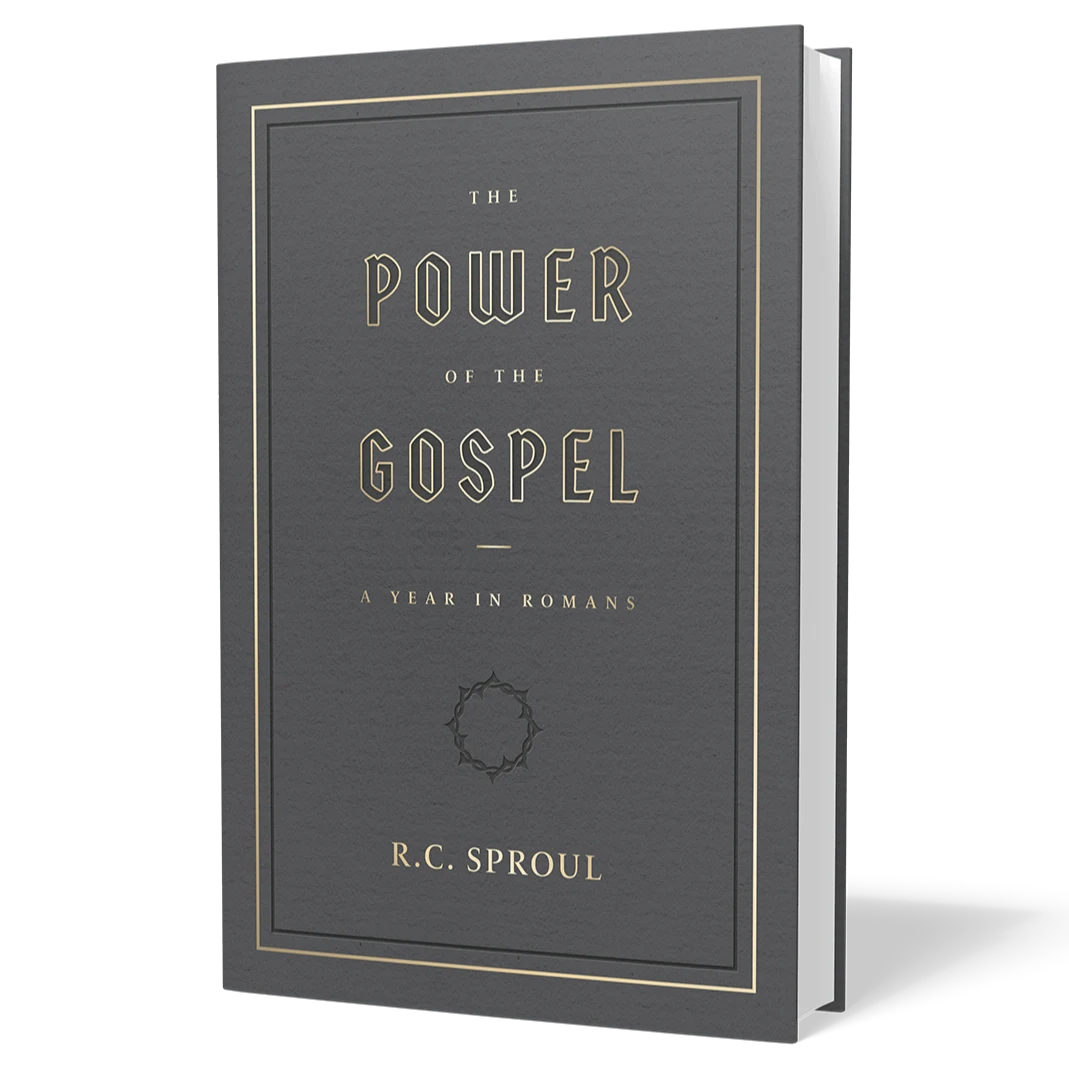What Is a Covenant?

The basic structure of the relationship God has established with His people is the covenant. A covenant is usually thought of as a contract. While there surely are some similarities between covenants and contracts, there are also important differences. Both are binding agreements. Contracts are made from somewhat equal bargaining positions, and both parties are free not to sign the contract. A covenant is likewise an agreement. However, covenants in the Bible are not usually between equals. Rather, they follow a pattern common to the ancient Near East suzerain-vassal treaties. Suzerain-vassal treaties (as seen among the Hittite kings) were made between a conquering king and the conquered. There was no negotiation between the parties.
The first element of these covenants is the preamble, which lists the respective parties. Exodus 20:2 begins with “I am the Lord your God.” God is the suzerain; the people of Israel are the vassals. The second element is the historical prologue. This section lists what the suzerain (or Lord) has done to deserve loyalty, such as bringing the Hebrews out of slavery in Egypt. In theological terms, this is the section of grace. In the next section, the Lord lists what He will require of those He rules. In Exodus 20, these are the Ten Commandments. Each of the commandments were considered morally binding on the entire covenant community.
The basic structure of the relationship God has established with His people is the covenant.
The final part of this type of covenant lists blessings and cursings. The Lord lists the benefits that He will bestow upon His vasssals if they follow the stipulations of the covenant. An example of this is found in the fifth commandment. God promises the Israelites that their days will be long in the Promised Land if they honor their parents. The covenant also presents curses should the people fail in their responsibilities. God warns Israel that He will not hold them guiltless if they fail to honor His name. This basic pattern is evident in God’s covenants with Adam, Noah, Abraham, Moses, and the covenant between Jesus and His church.
In biblical times, covenants were ratified in blood. It was customary for both parties to the covenant to pass between dismembered animals, signifying their agreement to the terms of the covenant (see Jer. 34:18). We have an example of this kind of covenant in Genesis 15:7-21. Here, God made certain promises to Abraham, which were ratified by the sacrificing of animals. However in this case, God alone passes through the animals, indicating that He is binding Himself by a solemn oath to fulfill the covenant.
The new covenant, the covenant of grace, was ratified by the shed blood of Christ upon the cross. At the heart of this covenant is God’s promise of redemption. God has not only promised to redeem all who put their trust in Christ, but has sealed and confirmed that promise with a most holy vow. We serve and worship a God who has pledged Himself to our full redemption.



